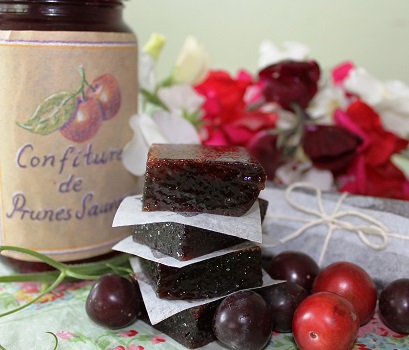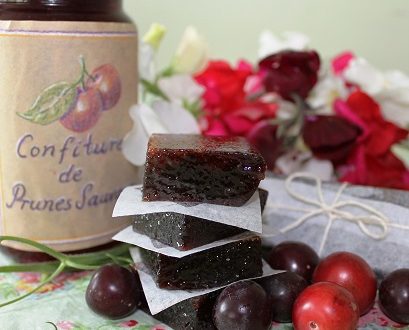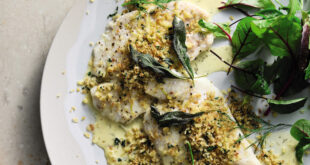Recipes abound for jams, jellies and chutneys, and right now we’re hauling them out like nobody’s business for the busy autumn preserving period. What no one has a recipe for, though, is how to save your efforts when what’s in the pan refuses to cooperate. When your jelly won’t gel, your jam turns to toffee; and your paste is wobbly, it can feel as if hours of work have been in vain, and on top of everything else, you’ve blown the budget. But read on and you’ll soon realise there’s no such thing as a preserving failure!
Jam won’t set
Some jams, even after several extra hours of boiling, simply refuse to set. This is usually because the fruit is over-ripe and doesn’t contain enough of the natural setting agent ‘pectin’ or because the fruit you’ve used (such as strawberries, blueberries or figs) is naturally short of pectin no matter what state of maturity it’s in. You could purchase commercial pectin but that would mean reboiling all over again, with all the risks of the fruit sticking to the base of the pan). Instead, why not simply bottle your runny jam and bung on a label with a different take on the contents. We recommend these exciting alternatives: ‘Ice-cream Sundae Sauce’, ‘Pancake Pouring Conserve’, or ‘Fruit Smoothie Base’. So inventive they’re worth gifting!
Is that toffee or jam?
Some fruits (such as plum and quince) are so high in pectin they set far too well and are just one step short of becoming toffee. But does that mean you’ve failed? Not at all! If your preserve is at the stage where, when you pull a wide spatula through it, it takes a second or two for the space to close over, the ‘jam’ is ideal to turn into a delicious fruit paste. So, set your jam jars aside, and reach for the baking paper. Use it to line a small, clean roasting pan. Pour in your preserve so that it comes up to a level of around 2cm high. When the preserve has cooled, turn it out onto a cutting board and remove the baking paper from it. Next, run a sharp, hot knife (dip the knife in boiling water to heat it) through the paste to cut it into cubes. Store the cubes an air-tight container between layers of baking paper. Pastes are delicious served with cheeses.

Wobbly fruit paste
Fruit paste is such an exotic beast that it’s so unfair when it refuses to set to cutting consistency. But adjust your mindset and use it to create a sophisticated stand-alone sweet. First, allow the preserve to cool, then place it in the freezer for several hours. Once the paste has hardened to the point that it can be handled, heat your favourite chocolate melts according to instructions. Working a spoonful of frozen paste at a time, roll the paste mix into bite-sized balls, cover in chocolate, and leave to set. Alternatively, if the paste won’t be too wobbly when thawed, roll each chilled spoonful in fine, granulated sugar before serving alongside fresh fruit segments or crackers and cheese.
Jelly won’t gel
Jelly is such hard work – all that preparation, straining and boiling, only to find you’re left with a sloppy preserve that has no hope of balancing on a piece of toast! But don’t despair – adopt a different approach by adding a splash of vinegar and a teaspoon of dried mint to the jelly. Re-heat to help the flavours mingle, then bottle, seal, and pop on a ‘Mint Jelly’ label. You have the perfect preserve for serving with roast meats or vegetarian ‘meat’ loaf.










Join the Discussion
Type out your comment here:
You must be logged in to post a comment.